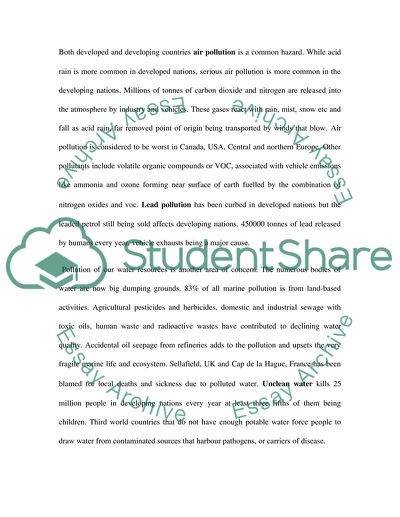Cite this document
(Global Warming and Climate Changes Term Paper Example | Topics and Well Written Essays - 4250 words, n.d.)
Global Warming and Climate Changes Term Paper Example | Topics and Well Written Essays - 4250 words. Retrieved from https://studentshare.org/environmental-studies/1702848-it-is-too-late-to-address-the-real-environmental-problems-so-all-we-can-do-is-make-best-use-of-the-current-technlogy-we-have
Global Warming and Climate Changes Term Paper Example | Topics and Well Written Essays - 4250 words. Retrieved from https://studentshare.org/environmental-studies/1702848-it-is-too-late-to-address-the-real-environmental-problems-so-all-we-can-do-is-make-best-use-of-the-current-technlogy-we-have
(Global Warming and Climate Changes Term Paper Example | Topics and Well Written Essays - 4250 Words)
Global Warming and Climate Changes Term Paper Example | Topics and Well Written Essays - 4250 Words. https://studentshare.org/environmental-studies/1702848-it-is-too-late-to-address-the-real-environmental-problems-so-all-we-can-do-is-make-best-use-of-the-current-technlogy-we-have.
Global Warming and Climate Changes Term Paper Example | Topics and Well Written Essays - 4250 Words. https://studentshare.org/environmental-studies/1702848-it-is-too-late-to-address-the-real-environmental-problems-so-all-we-can-do-is-make-best-use-of-the-current-technlogy-we-have.
“Global Warming and Climate Changes Term Paper Example | Topics and Well Written Essays - 4250 Words”, n.d. https://studentshare.org/environmental-studies/1702848-it-is-too-late-to-address-the-real-environmental-problems-so-all-we-can-do-is-make-best-use-of-the-current-technlogy-we-have.


